Commonwealth and Protectorate
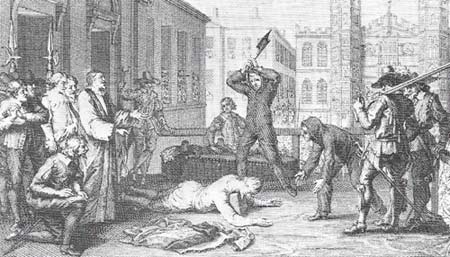
Figure 1. The execution of Charles I in 1649, after a trial, as a tyrant and traitor shocked many people at home and abroad. But it established the principle that a ruler was accountable to Parliament.
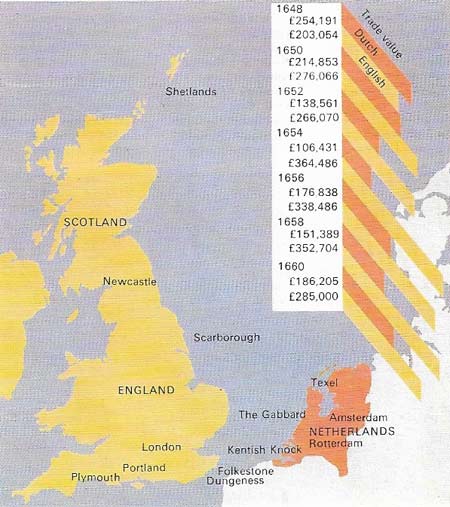
Figure 2. The first Anglo-Dutch War (1652–1654), between the two main Protestant republics, sprang from long-standing commercial and colonial rivalries that had been exacerbated by the merchantilist-inspired Navigation Act of 1651, which permitted only English or colonial ports. This resulted in disruption of the Dutch carrying trade and consequent English gains. The English navy under Robert Blake (1599–1657) defeated the Dutch at Portland (1652) and Texel (1653). These successes marked England's emergence as a major maritime power, and henceforth English policy was marked by much greater concern for the significance of commercial and colonial interests.

Figure 3. The dismissal of the Rump Parliament in 1653 arose from Cromwell's impatience for domestic reform. But the act left him politically isolated; a satisfactory constitutional settlement with other Parliaments eluded him.
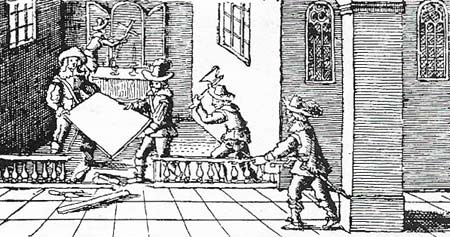
Figure 4. Puritans destroyed religious images in many churches and tried to curb Sunday recreations for all the people.

Figure 5. Public reporting of Parliament was stimulated by some expansion of press freedom on the period 1640–1660. Cromwell’s search for a political consensus on which to base the Commonwealth, and his difficulties with his two Parliaments, were widely reported. The members of Cromwell’s Parliaments were drawn from the ranks of the respectable landed gentry society, but political discussion was common among all classes.
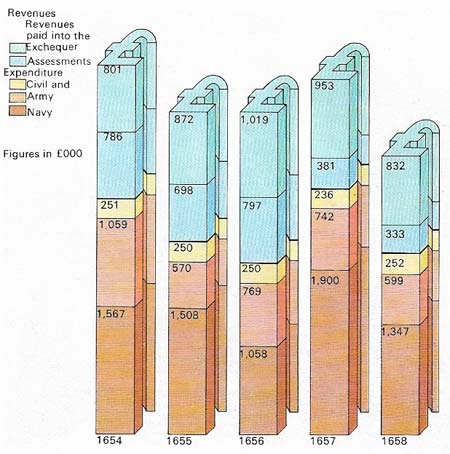
Figure 6. Cromwell's finances, like those of the Stuarts, suffered from the chronic problem of rapidly increasing costs. This was aggravated by the need to support and find use for the army and navy. But Cromwell never had to face bankruptcy. This diagram shows the high proportion of expenditure on the armed services during the Protectorate.
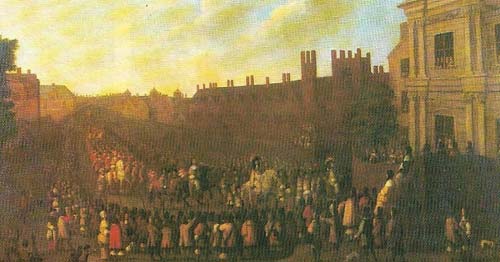
Figure 7. Events leading to the Restoration in May 1660 were complex. Richard Cromwell succeeded his father peacefully but faced difficulties from Parliament in 1659 and from the army, and resigned in May 1659. Power reverted to the divided army leadership which argued with the Rump, recalled for lack of any other source of authority, in the summer of 1659. An attempted Royalist rising in September 1659 received little support for fear of renewed civil war. Eventually General Monck (1608-1670), army commander in Scotland, marched on London and summoned the Convention Parliament, which recalled Charles. The king's return was greeted with popular enthusiasm, but this followed rather than caused his restoration.
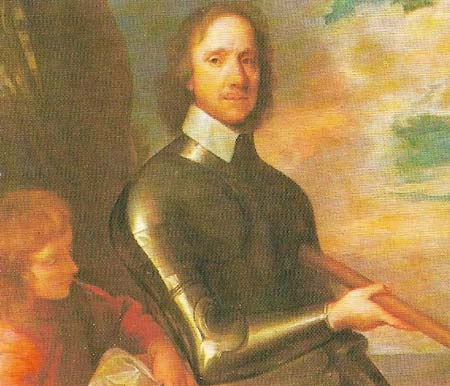
Figure 8. Oliver Cromwell (1599–1658) came from a minor landed family and entered Parliament in 1628. His military skill as a commander in the civil wars of the 1640s made him a natural leader of the parliamentary side. Determined to achieve constitutional reform, he supplied the strength of purpose needed of unify the nation without a king.
The execution of Charles I on 30 January 1649 (Figure 1) inaugurated an era of constitutional experiment for England. Without a monarchy or a House of Lords, a republican government was established by the House of Commons now reduced to a "Rump" composed chiefly of the most radical "Independent" members who had survived "Pride's Purge", the exclusion of members opposed to the king's execution. The Scottish Presbyterians, who refused to recognize the Commonwealth, were defeated at Dunbar in 1650, and the young Charles Stuart at Worcester in 1651; Oliver Cromwell (Fig 8) also subdued Ireland in a brutally efficient campaign (1649–1652). The Rump passed the Navigation Act (1651) providing for sea trade to be carried in British ships, and enforced it by a successful war at sea against the Dutch (1652–1654) (Figure 2).
 |
| Areopagitica (1644) by the poet John Milton (1608-1674) was a passionate plea for freedom of speech and liberty of conscience. Milton later acted as an apologist for the Commonwealth and Protectorate. |
The Cromwellian Protectorate
Despite these military successes, Cromwell became impatient at the Rump's slowness to promote domestic reforms, and forcibly dismissed Parliament in April 1653 (Figure 3). There followed a brief and ineffectual experiment (June–December 1653) with the Nominated, or "Barebones", Parliament, which was made up of religious zealots and was intended to lead the country towards truth.
Cromwell thus became the foremost political as well as military leader of the English Revolution. In December 1653, he was appointed Lord Protector, an office he held until his death. Having come to power by unorthodox means, Cromwell was faced with many difficulties, but he was powerful and successful, although not popular.
In the 1650s the "army of the saints", although politically radical, developed into a highly disciplined force, whose support Cromwell was always careful to retain. The survival of his regime was thus ultimately dependent upon the existence of a loyal standing army of 60,000 men. Cromwell was not, however, simply a ruthless seeker after power for its own sake. He was undoubtedly ambitious, but he was also motivated by a deep commitment to the principle of religious toleration. His domestic policies were not as revolutionary as his career in the 1640s had suggested; he opposed monarchial absolutism and believed in parliamentary rule. He was a pragmatist concerned with ensuring the survival of his experiment, and (as he himself said) not "wedded and glued to forms of government."
Foreign and domestic policies
One solution to a legacy of domestic problems after a period of revolutionary turmoil is to turn attention outwards with an aggressive foreign policy. Cromwell, like Napoleon, did this. He made peace with the Protestant Dutch in 1654 but then waged war against the Catholic power of imperial Spain (1655–1668). This policy pleased some English commercial interests; but primarily it allowed Cromwell to invoke glorified memories of earlier wars against Spain under Elizabeth t. Cromwell achieved legal, administrative and educational reforms despite continuing financial problems posed by the war and standing army (Figure 6). No dramatic social changes were attempted. In religious matters, Cromwell extended freedom of worship to all Puritan groups, including the most radical ones. Members of the now-eclipsed Church of England (Figure 4) had to worship secretly, but actual persecution was directed only against Catholics, whose creed was thought to be too intolerant to be allowed to continue unchecked.
The return of conservatism
Although in the 1650s Cromwell had many critics, pressure for abolition of social distinctions and redistribution of wealth, which had appeared in the later 1640s among lower-classes and in the army, the Levellers and Diggers, had largely disappeared – partly as a result of a run of good harvests (1653–1656) that reduced food prices and allayed economic discontents. Gentry landowners, finding their authority largely intact, were quiescent. An attempted Royalist uprising in March 1655, led by John Penruddock, attracted little support, but the government panicked and introduced the rule of the major-generals in June 1655. An experiment in direct military control in local affairs, this brought Cromwell's popularity with the gentry to its lowest point.
Cromwell, however, sought constantly to achieve a constitutional agreement with landowner representatives in Parliament (Figure 5) that would give his rule a solid basis. He called two parliaments (1654–1655, 1656–1658) and wrangled with both. But eventually he realized the extent of parliamentary opposition to the major-generals, and dismissed John Lambert, the army "strong man", in July 1658, after accepting a new constitutional settlement, the Humble Petition and Advice, in May 1657. It strengthened Parliament, restored the Upper House, which had been abolished in 1649, and sought to consolidate Cromwell's authority by making him king – an offer he refused under pressure from the army.
When death toppled Cromwell from power, his regime, in the hands of his son Richard, "Tumbledown Dick" (1626–1712) and the now-divided army leaders, did not long survive him. Stuart monarchy was eventually restored in May 1660 (Fig 7) and the Church of England was revived. This ended an important era of upheaval and experiment in English history.
 |
| The Eikon Basilike, first published in 1649, created the legend of Charles the Martyr. Written probably by John Gauden (1605–1662) but supposed to be by Charles himself, it emphasized his dignity in adversity. Charles's posthumous reputation greatly assisted the cause of monarchy during the Commonwealth, but it is unlikely that he would have approved of the form of monarchy that his son accepted. |
